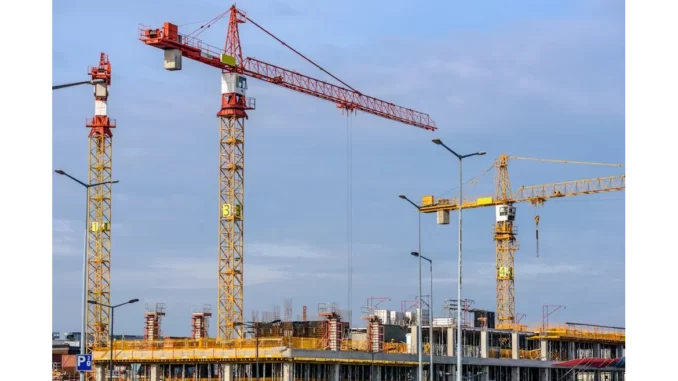
In the charming town of Bingley, a rather unusual controversy has arisen, intertwining the domains of sports and urban development. At the heart of this matter is the proposed conversion of an office building located adjacent to Crossflatts Cricket Club into 139 residential flats. This transformation has ignited a fervent debate centred on the potential hazards posed by errant cricket balls. While Aire Valley Ltd, the developers behind the project, have been granted permission to proceed, their progress is contingent upon a cricket ball risk assessment—an issue that has become the focal point of the ongoing dispute.
Air quality is vital in planning. See how Focus360 Energy can assist.
Sport England, a significant stakeholder in this debate, has expressed scepticism regarding the validity of the submitted risk assessment. The organisation contends that the assessment was conducted without the expertise of a qualified consultant, thereby inadequately evaluating the frequency and power with which cricket balls might encroach upon the proposed residential area. This oversight, they argue, presents substantial safety risks to future residents, particularly given the proximity of the cricket club and the likelihood of balls straying into the residential zone.
The site of the proposed development on Croft Road, Crossflatts, aims to transform Aire Valley House and its neighbouring building, The Hive, from office spaces into a lively residential community. This conversion aligns with a broader trend facilitated by recent amendments to government planning regulations, which permit such transformations without the necessity for full planning permission. Nevertheless, these regulatory changes have not been free from controversy, as they restrict the grounds on which local councils can oppose such developments, limiting objections to issues of environmental health, flooding, or highways.
Local opposition to the development has been vigorous, with objections from Crossflatts Cricket Club, its members, and Sport England. The cricket club has voiced concerns over the frequent occurrence of cricket balls landing in the current office car park. With the proposed residential conversion, the risk of injury or property damage from these stray balls is expected to rise significantly. Both residents and club members have advocated for the installation of protective barriers as a means to alleviate this risk, urging developers to integrate such measures into their plans.
Central to this debate is Jim O’Hara, the cricket club’s renowned bowler, whose formidable deliveries have raised particular concern. There is apprehension that his powerful bowling could propel cricket balls into the proposed residential area. The club is apprehensive that, without adequate protective measures, they could be vulnerable to compensation claims for injuries or damage caused by these wayward balls. Although planning officers have indicated that they cannot mandate a “ball strike assessment” as part of the planning application, they have recognised the necessity for protective netting and other safety measures to be considered as part of the external works required for the conversion.
The envisioned residential complex is designed to feature a blend of studio apartments and three-bedroom flats, complemented by amenities such as a gym on each floor. The site will also offer extensive parking facilities, comprising 479 parking spaces and 142 internal and short-stay cycle parking spaces. These features aim to attract a diverse demographic to the area, enhancing the local community and economy.
As the debate unfolds, the Bingley housing scheme emerges as a microcosm of the broader challenges confronting urban development in areas with well-established recreational facilities. Striking a balance between the demand for housing and the preservation of community spaces, alongside ensuring the safety of residents, requires meticulous consideration and collaboration among all stakeholders. The resolution of this case could set a precedent for similar developments in the future, where the interests of sports, safety, and urban growth must be harmoniously reconciled.


Be the first to comment